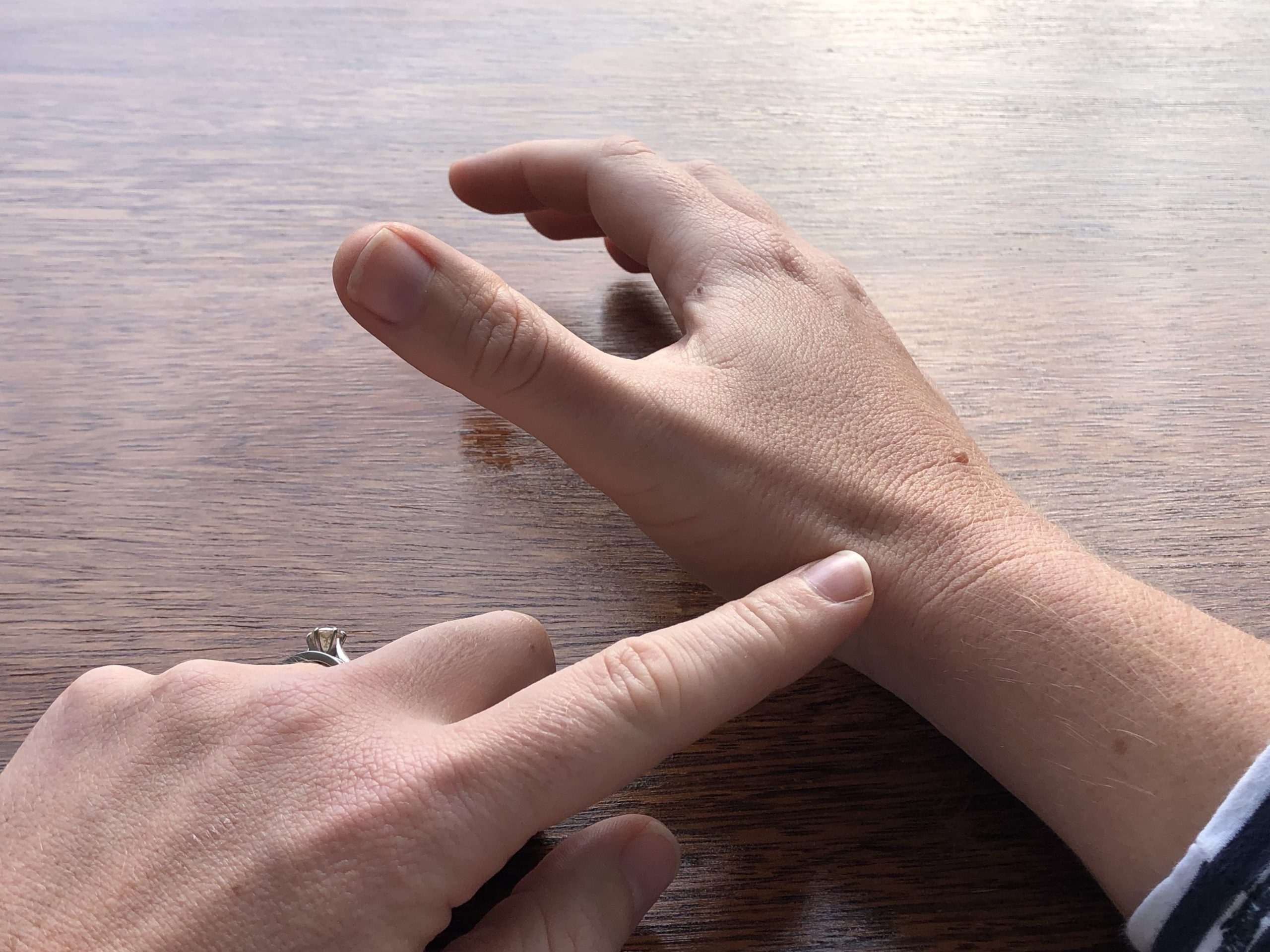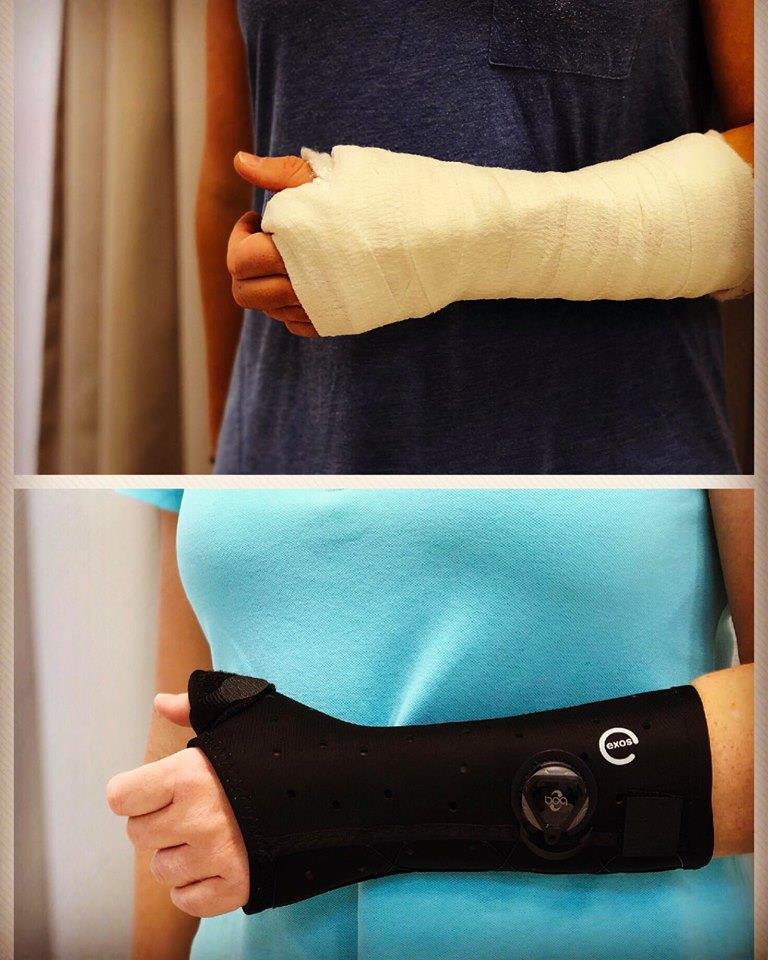Scaphoid Fracture
The scaphoid bone is the most commonly injured/fractured bone in the wrist. It is often the result of a fall onto an outstretched hand and occurs more in males than females. Interestingly the scaphoid can often be missed for correct diagnosis from the first Xray.
Ongoing pain especially over the back of the hand at the base of the thumb, known as the anatomical snuff box and difficulty with range of motion would usually be the reason someone would present a second time for medical care where a fracture was first ruled out by the first Xray.
A repeat X-ray performed around 10days after the injury will often show a fracture as the healing processes begin to occur.

Types of Scaphoid Fracture
The scaphoid can be fractured in one of 3 areas: the distal pole, the waist and the proximal pole.
A scaphoid fracture at the waist is the most common type of scaphoid fracture occurring approximately 70% of the time. The reason for this is that the majority of force from a fall accumulates at the centre of the scaphoid and hence it fractures here most often. Scaphoid fracture at the proximal pole 20% and distal pole 10% are less common.
The good news is that the majority of scaphoid fractures heal conservatively with appropriate splinting and rehabilitation. Fractures that take longer to heal and possibly lead to further complications involves the proximal pole. This is because the scaphoid bone has limited blood supply that enters from the distal pole and flows down to the proximal portion. If the fracture occurs in the proximal pole, a portion of the bone can become cut off from it’s blood supply which is needed for healing the fracture.
Our expert Physiotherapists will assess your wrist and arrange an Xray to assist with diagnosis and correct management. Because it is essential for healing that the scaphoid be immobilised early if your scaphoid fracture does not appear straight away on an Xray we may place you in a splint first then try another Xray after 10days or even have a different scan arranged eg CT or MRI. These images also help us determine the likelihood of you needing surgery or having a complicated case.
Treatment for a Distal Radius Fracture
The key to getting a good result after a fracture and returning to full function is early management. Activate Physiotherapy offer same day appointments to attend their fracture clinic to ensure your scaphoid fracture is managed with the best management from the start.
Following your Xray our Physiotherapists will fit you into a custom long thumb spica splint. In most straight forward cases your scaphoid fracture will be immobilised for around 6-8 weeks. Our approach is unique and our physiotherapists understand the importance of integrating your rehab during the healing process and will assist you with a rehabilitation program at the various stages of your healing journey. This reduces the complications that often occur from wrist fractures.
How to Make a Fracture Clinic Appointment
Making an appointment at our fracture clinic is as easy as booking online for your nearest Brisbane based Activate Physiotherapy clinic in Stafford or Gumdale.
No Xray? No problem!
We can arrange bulk-billed xrays to confirm diagnosis and monitor healing.
Need your cast removed?
We can help with that too! We are able to remove backslabs and full plaster or polyester casts

